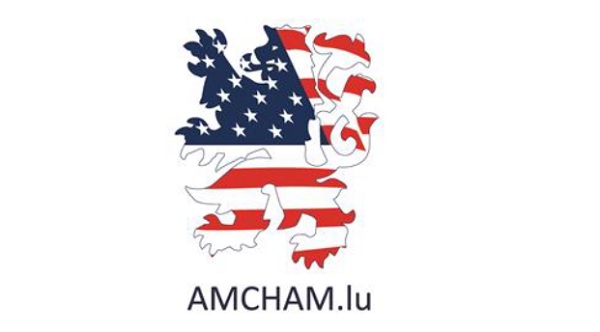 Basilica of Saint Willibrord, Echternach;
Credit: Jazmin Campbell/Chronicle.lu
Basilica of Saint Willibrord, Echternach;
Credit: Jazmin Campbell/Chronicle.lu
Chronicle.lu has teamed up with local author and tour guide David Heal of Luxembourg Battles for a historical series marking the 80th anniversary of the Battle of the Bulge.
Over the coming weeks, this series will look at how various villages and towns were involved and where one can go to see what happened.
This year, on 15-16 December, marks the 80th anniversary of the Battle of the Bulge (WWII) - the bloodiest campaign (and only battle of either world war) fought on Luxembourg soil. The outcome of it was that some 3% of the country had been destroyed or very badly damaged.
As David Heal explained, the battle was not fought solely in Luxembourg, as the northern half was fought in Belgium.
The battle was Hitler’s own idea. He thought that if the German armies were to hit the Allies at the point where the British/Canadian and US armies met in Belgium, they would be able to drive a wedge between them and head straight for Antwerp, which was the Allies’ main supply base. He believed that this would cause a major disruption of the Allies as it would be necessary for Roosevelt and Churchill to decide who would take command of the armies as the British and Canadians were also in the Netherlands with some US troops, and thus well north of the direction the German armies were going to take. In the event, Eisenhower simply picked up the phone and told Montgomery in the north that he was in charge of everything there, and Bradley in Luxembourg City that he was in charge of everything to the south. Neither Roosevelt nor Churchill was asked their opinion.
The attack came as a big surprise to the two sets of armies, although it should not have as their had been warnings, but these had been ignored by the army commands (the commanders themselves seem not to have been told about them at all) - and David mentions these warnings in connection with the various towns and villages this series deals with later.
For now, the first town to talk about is Echternach. This had already been badly damaged as the Germans had blown up one of the towers of the Basilica as it interfered with the field of fire for the guns of the West Wall on the cliffs to the east.
A week or so before the battle started, two German soldiers deserted and made their way to Echternach. They were interrogated by the US army and said that they wanted to be moved away from there as quickly as possible as there was a major attack going to take place through there in the very near future. For some reason, this was recorded by the US army and sent on up the command as “they want to be moved away as quickly as possible as they do not want to be involved in any US army attacks”. And so, the German attack came as a shock. Overall, and this applies to all the warnings that were give, the surprise was due to the US army assumption that Germany was finished and would never dare to attack the US army.
The population of Echternach either evacuated towards Luxembourg City as it was assumed that that and the railway hub was a major objective. It was not, there was no intention of going there, noted David Heal. Echternach was attacked to cut the road from the city and stop an attack by the Allies into the southern flank of the German army in the Sure valley. There was a further attack to the south into Osweiler and Dickweiler which was to cut the road from Wasserbillig and stop any US attack into the German flank at Echternach. In the event, the Germans had not known that these villages were a rest area and full of troops. They were never taken.
If one goes down the road to Echternach from Junglinster, the US army positions on the slopes to the left can still be found. Strangely, there are no positions to be found to the right of the road. The German army was brought to a stop in that area, and Echternach was left a ruin. The Basilica was rebuilt after the war, but not as it had been - after rebuilding at the end of the Napoleonic wars. It was rebuilt as it had been in the Middle Ages. The only thing which was salvaged from the ruins was a part of a crucifix, and this can be seen on the wall of the Basilica today. The square outside survived with the medieval Mairie (town hall), although gruesomely David Heal recalled he has a photograph of a pile of corpses under the arcade where they were stored before being taken away.








